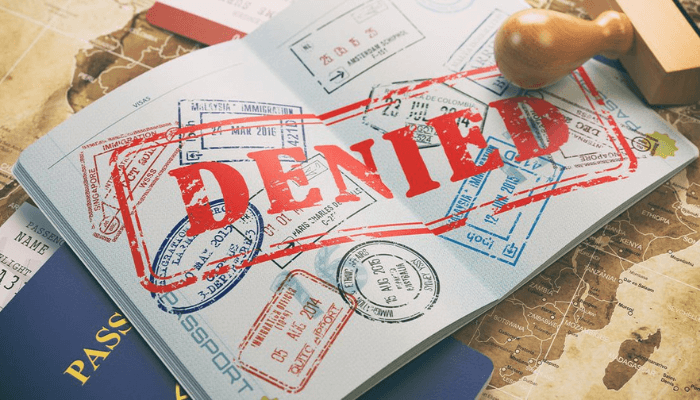Top 10 Schengen countries with the highest visa rejection rates in 2024

For many Nigerians, traveling to Europe for education, business, tourism, or other purposes is a significant aspiration.
Recent data from the European Commission indicates that securing a Schengen visa has become increasingly challenging.
In 2024, out of 11.7 million Schengen visa applications, 1.7 million were rejected, resulting in a 14.8% rejection rate.
If you’re planning to travel to Europe and hoping for a smooth visa process, it’s important to know where your visa application is most likely to be rejected.
Based on the newly released data, these ten countries had the highest rejection rates in 2024, reflecting tighter scrutiny and stricter documentation standards.
10. Czech Republic – 15.8% rejection rate
Matching France in rejection rate but with fewer applications, the Czech Republic denied 23,735 out of 150,629. Incomplete travel plans often lead to rejections here, emphasizing the need for detailed itineraries.
9. France – 15.8% rejection rate
France, with over 3 million applications, rejected nearly half a million. Despite its popularity, securing a French visa requires careful documentation and adherence to all requirements.
8. Poland – 17.2% rejection rate
Poland had over 19,000 rejections. Despite an increase in overall applications, many submissions still fell short of compliance standards, highlighting the need for complete and accurate documentation.
7. Croatia – 19.3% rejection rate
As a newer addition to the Schengen Zone, Croatia denied 8,003 out of 42,165 applications. While still emerging, it applies the same rigorous standards as other member states.
6. Denmark – 23.7% rejection rate
Denmark rejected over 31,000 applications out of 132,158. Applicants should double-check invitation letters and financial proof, as these are often scrutinized during the evaluation process.
5. Sweden – 24% rejection rate
Sweden denied 44,576 out of 188,623 applications. Despite its popularity among tourists, the country maintains a thorough evaluation process, emphasizing the need for well-prepared submissions.
4. Slovenia – 24.5% rejection rate
Slovenia, while smaller in scale, turned down 4,417 of the 18,171 applications it received.
3. Belgium – 24.6% rejection rate
Belgium received 255,564 applications and rejected over 61,000. Error-free and complete documents are crucial for applicants targeting Belgium.
2. Estonia – 27.2% rejection rate
Estonia processed 12,125 visa applications and rejected 3,291. Its strict criteria resulted to it being the second-highest rejection rate.
1. Malta – 38.5% rejection rate
Malta leads with the highest rejection rate among Schengen countries. Out of 45,578 applications received, 16,905 were denied. Despite its smaller size and fewer applications compared to larger nations, nearly 4 in 10 applicants were turned away.
What you should know
In addition to the top ten Schengen countries with the highest visa rejection rates, several major European nations also reported significant numbers of visa denials in 2024.
- Germany, for instance, processed approximately 1.5 million visa applications and rejected 206,733, resulting in a rejection rate of 13.7%.
- Italy received around 1.2 million applications and denied 134,303, reflecting a 10.9% rejection rate. Despite being a popular destination for tourists and students alike, applicants must ensure their submissions meet all requirements to avoid refusal.
- Spain, another favored destination, rejected 244,432 applications, equating to a 15.7% rejection rate. Iceland stood out with one of the lowest rejection rates among Schengen countries, at just 6.6%. This suggests that applicants targeting Iceland may have a higher likelihood of visa approval, provided they meet the necessary criteria.








